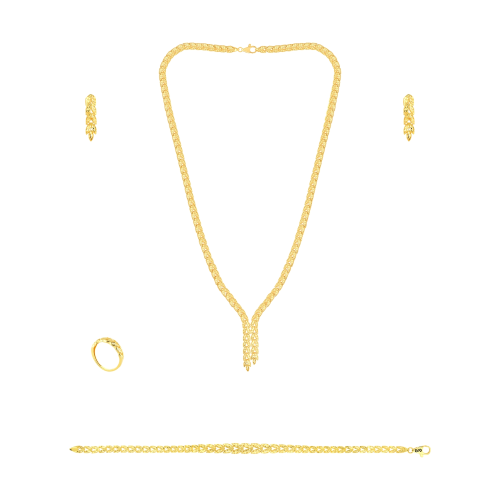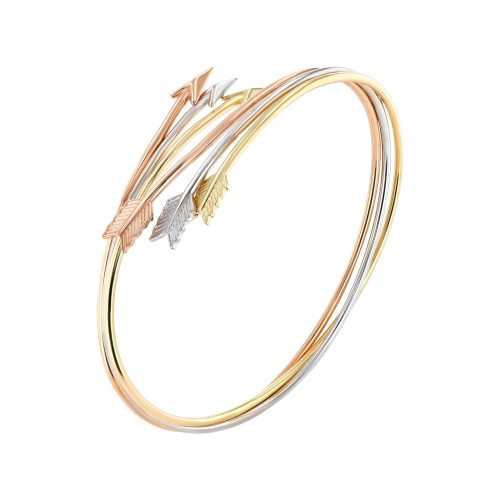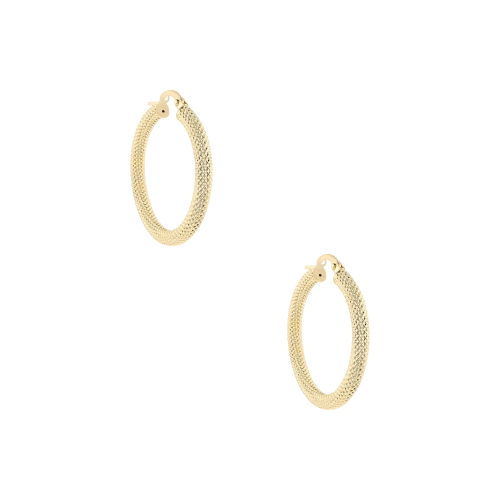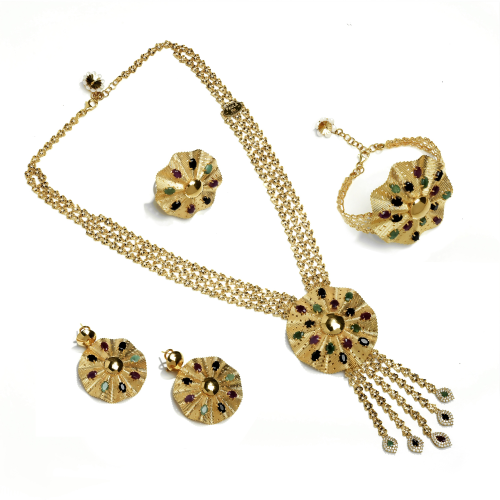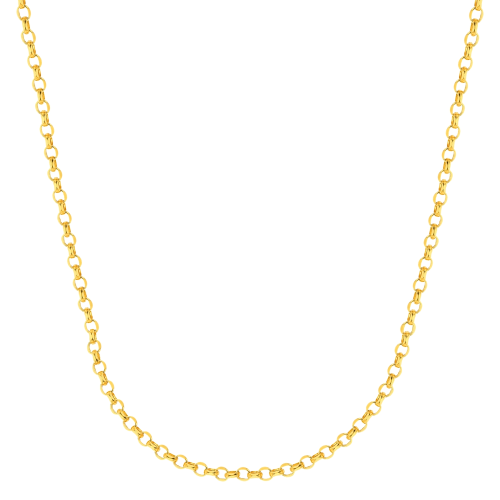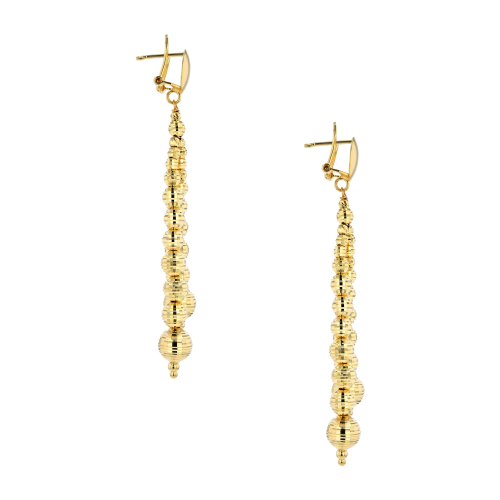Solid, Filled vs. Plated: Understanding the Gold Economies Difference

When shopping for gold jewelry, you've likely encountered terms like "solid gold," "gold-filled," and "gold-plated." These descriptions aren't just marketing jargon—they represent significant differences in quality, durability, value, and even how you should care for your pieces. Understanding these distinctions will help you make informed decisions and ensure you get the most for your money.
Solid Gold: The Premium Standard
Solid gold jewelry is exactly what it sounds like: pieces made entirely of gold alloy throughout. Since pure 24K gold is too soft for everyday wear, it's typically mixed with other metals like silver, copper, or zinc to create more durable alloys.
The "karat" marking indicates the percentage of pure gold in the piece:
- 24K: 99.9% pure gold
- 18K: 75% pure gold
- 14K: 58.3% pure gold
- 10K: 41.7% pure gold
The advantages of solid gold are substantial. These pieces maintain their value over time and can become family heirlooms. They won't tarnish, and the gold won't wear away with regular use. For those with sensitive skin, higher karat solid gold pieces (especially 18K and above) are less likely to cause allergic reactions since they contain fewer alloy metals.
However, this quality comes at a price. Solid gold jewelry is significantly more expensive than other options, with prices that fluctuate based on the current gold market. The higher the karat, the softer and more prone to scratches the piece will be—though these scratches can typically be buffed out by a jeweler.
Gold-Filled: The Middle Ground
Gold-filled jewelry offers an excellent balance between quality and affordability. Despite its somewhat misleading name, gold-filled pieces aren't "filled" with gold. Instead, they consist of a solid layer of gold that's mechanically bonded to a base metal (usually brass) under heat and pressure.
By law, gold-filled items must contain at least 1/20th (5%) of their total weight in gold. The marking "1/20 14K GF" means the piece contains 1/20th of its weight in 14-karat gold. This substantial gold layer makes gold-filled pieces much more durable than plated options.
With proper care, gold-filled jewelry can last for decades without showing signs of wear or revealing the base metal. The gold layer is thick enough that these pieces can even be lightly buffed or polished without removing the gold. Many people with mild metal sensitivities can wear gold-filled pieces comfortably.
Price-wise, gold-filled jewelry costs significantly less than solid gold while maintaining a similar appearance. For everyday wear pieces, gold-filled can be an economical choice that doesn't sacrifice much in terms of quality or longevity.
Gold-Plated: The Affordable Option
Gold-plated jewelry features the thinnest layer of gold, typically applied through an electroplating process that deposits a microscopic layer of gold onto a base metal. The gold layer in plated pieces is measured in microns, with standard plating ranging from 0.5 to 2.5 microns (extremely thin compared to gold-filled items).
The primary advantage of gold-plated jewelry is its affordability, making gold's lustrous appearance accessible at a fraction of the cost of solid or filled pieces. This makes plated jewelry ideal for trying out trendy styles or occasional wear items.
However, the thin gold layer means these pieces have limited durability. With regular wear, the plating will eventually wear off, revealing the base metal underneath. Factors like skin chemistry, exposure to chemicals (including lotions and perfumes), and frequency of wear all affect how quickly this happens—typically anywhere from a few months to a couple of years.
Once the plating wears off, the piece cannot be effectively replated at home, though professional replating services are available. People with metal sensitivities should approach gold-plated jewelry with caution, as the base metal may cause reactions once the gold layer begins to wear.
Vermeil: A Special Category
Worth mentioning is vermeil (pronounced "ver-may"), a higher-quality subset of gold-plated jewelry. For a piece to be classified as vermeil in the United States, it must have:
- Sterling silver as the base metal
- At least 2.5 microns of gold plating (thicker than standard plating)
- Gold purity of at least 10K (though 14K and 18K are more common)
Vermeil offers better durability than standard gold-plated pieces and is less likely to cause allergic reactions since the base metal is silver rather than nickel or brass.
Making Your Decision
When deciding which type of gold jewelry to purchase, consider these factors:
Budget: If you're working with limited funds but want the gold look, gold-plated pieces are your most accessible option. For a bit more investment, gold-filled provides significantly better durability.
Frequency of wear: For everyday pieces you'll wear constantly, solid gold or gold-filled options make the most sense. For occasional wear or trendy styles, gold-plated can be sufficient.
Longevity: If you're buying something you hope to pass down as an heirloom, solid gold is the only option that truly maintains its value over generations.
Skin sensitivity: Those with sensitive skin should opt for solid gold (preferably 14K or higher) or at minimum gold-filled pieces to avoid potential reactions.
Care Considerations
Each type of gold jewelry requires different care to maximize its lifespan:
- Solid gold: Can withstand regular cleaning with mild soap and water. Higher karat pieces should be stored carefully to avoid scratches.
- Gold-filled: Clean gently with mild soap and water. Avoid harsh chemicals and abrasive materials that might wear down the gold layer.
- Gold-plated: Requires the most careful handling. Remove before showering, swimming, or applying cosmetics. Clean only with a soft, dry cloth, as even mild cleaning solutions can accelerate wear.
Understanding these quality differences helps ensure you make the right investment for your needs, whether you're shopping for an engagement ring that will last a lifetime or a fashionable pair of earrings for the season. Whatever your choice, knowledge about what you're purchasing allows you to care for your jewelry properly and enjoy its beauty for as long as possible.
